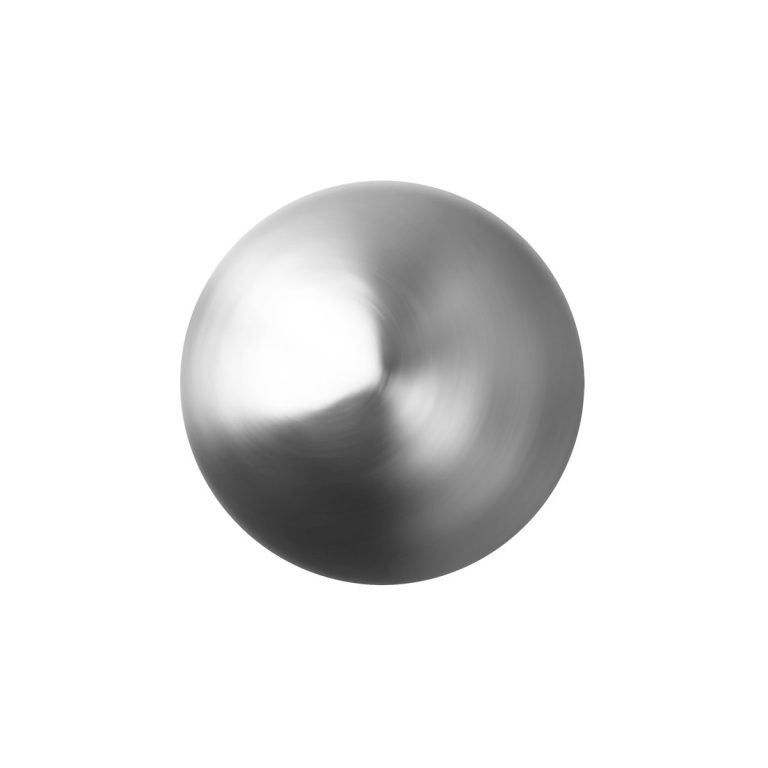There is a plethora of metals to choose from when it comes to tactile indicators, each with its own pros and cons, and it can be hard to pick the best material for the job if you’re unsure of exactly what you need. 316L Stainless steel is arguably the most commonly used and well-known for its durability, aesthetic qualities, and corrosion resistance but there’s a strong case to be made for using aluminium tactile indicators in a variety of scenarios.
What is aluminium?
Aluminium the 13th element on the periodic table is a silvery white metal when refined, it makes up over 8% of Earth’s core mass and is the widest-spread metal on the planet. When discovered and mass-produced it revolutionised the construction industry, offering a lighter-weight and incredibly versatile alternative to steel. Due to aluminium alloy’s lightweight nature and tensile strength, it could be manufactured in large sizes and required fewer joints than metals like steel. It provided architects with endless opportunities and choices in design where materials like wood, plastics and other metals would fail them.
To put things into context as to how widely used aluminium is today, around 5.1 million metric tonnes of aluminium were used in the US in 2022.
What are the advantages of using aluminium?
- Non-ferrous – Aluminium being a non-ferrous metal (not containing iron) gives it the distinct advantage of being naturally corrosion and rust-resistant.
- Non-magnetic – Making aluminium suitable for use in electronics and wiring.
- Easily recyclable – Due to their nature, non-ferrous metals can be recycled repeatedly and lose none of their chemical properties during the recycling process. In contrast, ferrous metals require melting, purifying and then compacting, making it a much more time and labour-intensive process.
- High thermal conductivity – Aluminium’s thermal conductivity is 88 to 251 W/m K (Watts per meter-Kelvin) which increases with the increase in temperature. This is seven times the value of Steel.
- Easily cast, machined and formed – Aluminium’s high malleability makes the manufacturing process easier and cheaper in terms of its production.
- Non-toxic – Aluminium is non-toxic in its solid refined form.
- Fantastic cold weather performance – It becomes stronger in colder temperatures as its bonds are reinforced due to the elemental structure of aluminium alloys. This is why it’s often used for offshore installations in oil and gas industries in the northern hemisphere.
What are the disadvantages of using aluminium?
The main disadvantage of aluminium is its strength when compared to steel. Aluminium is more easily dented and scratched whereas steel in comparison is less likely to warp, deform or bend under extreme force or heat. A large part of an aluminium object’s strength is dependent on its construction.

